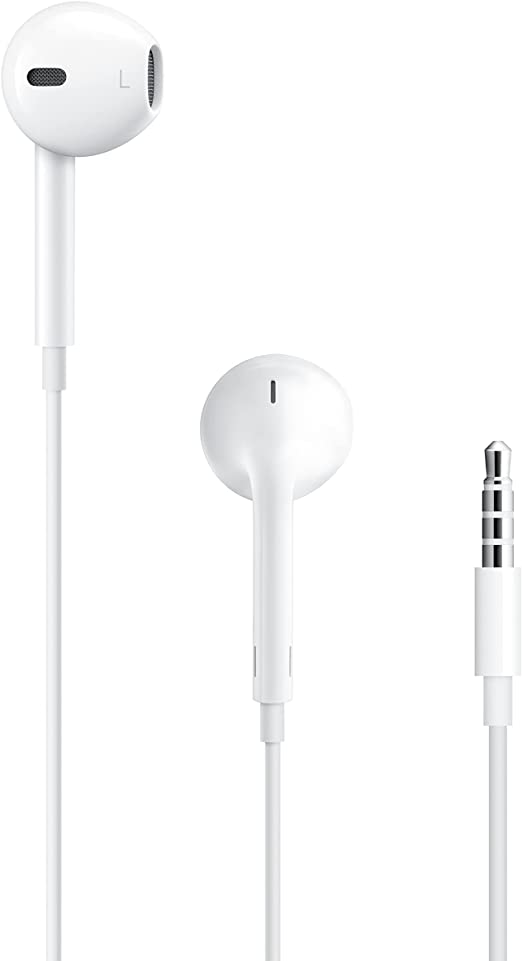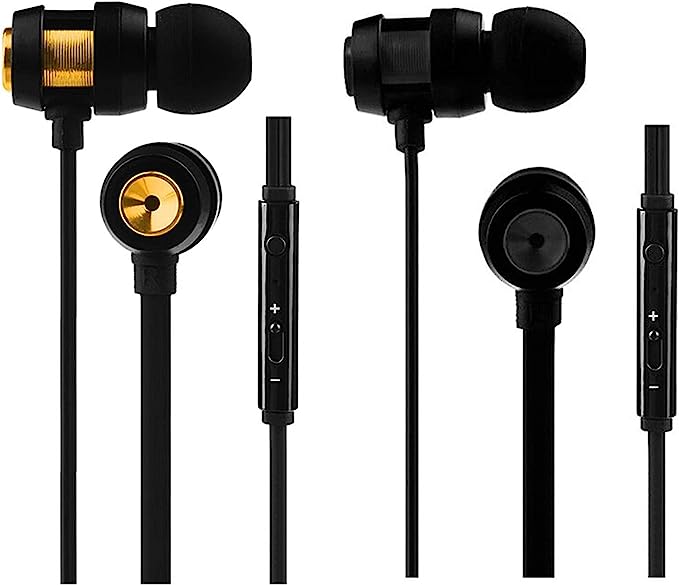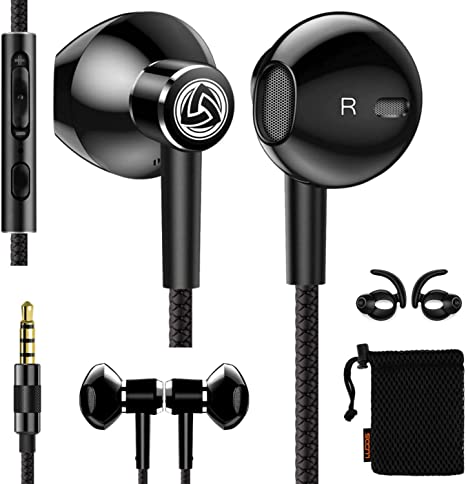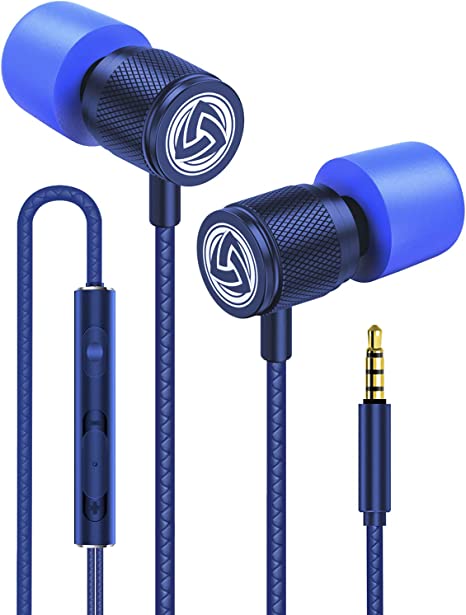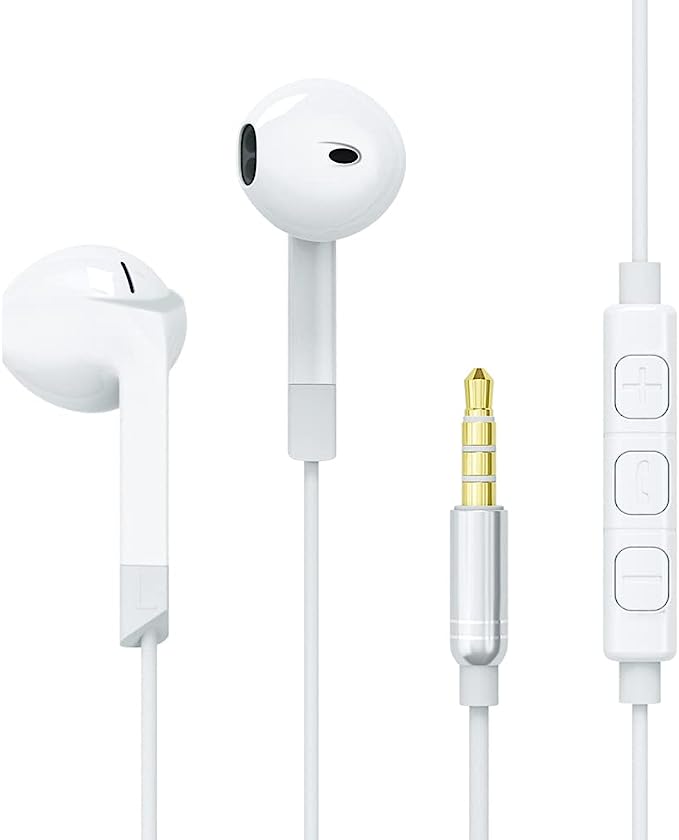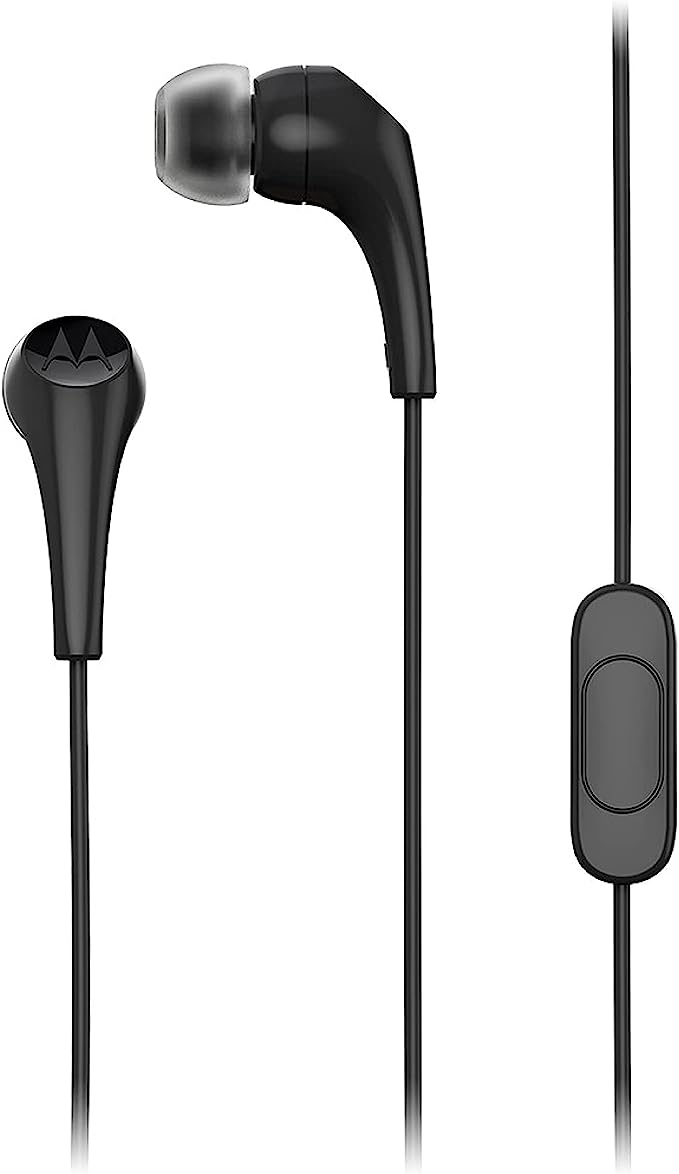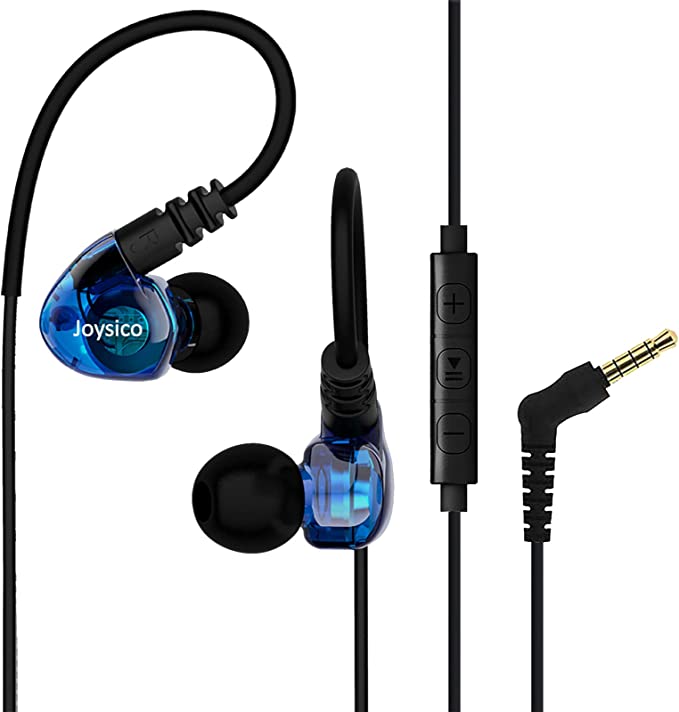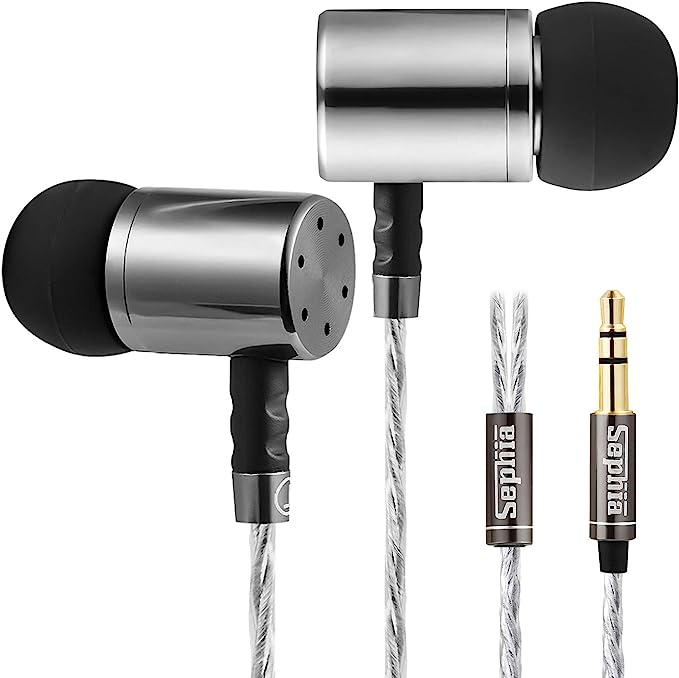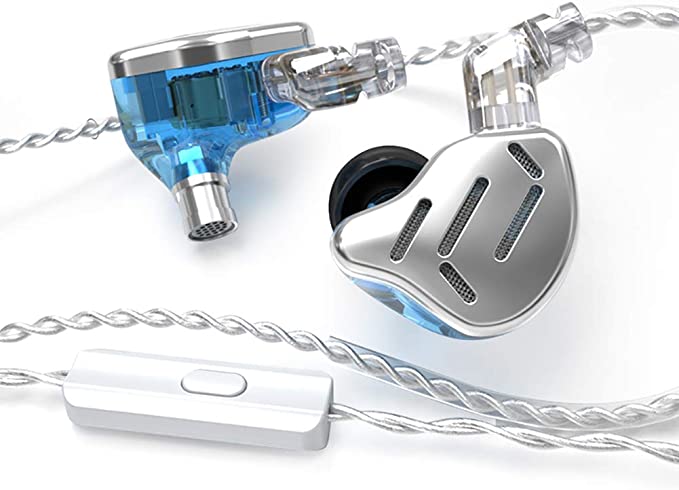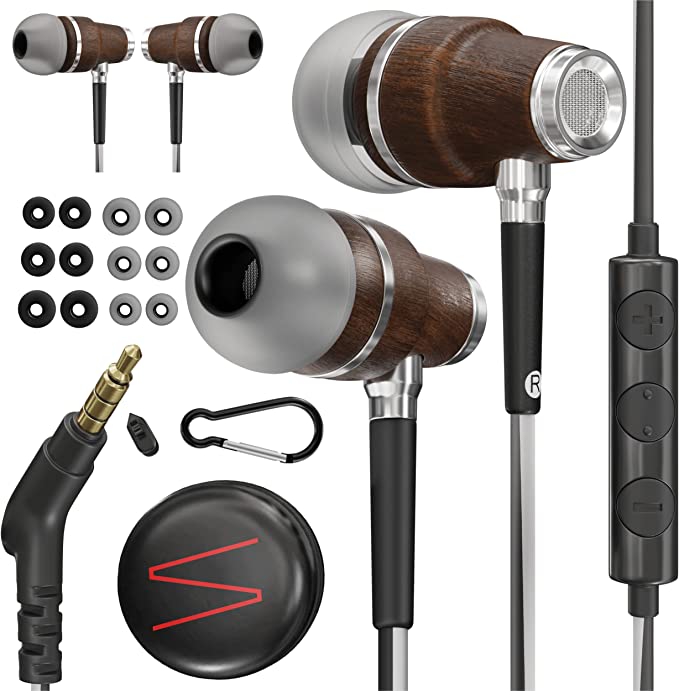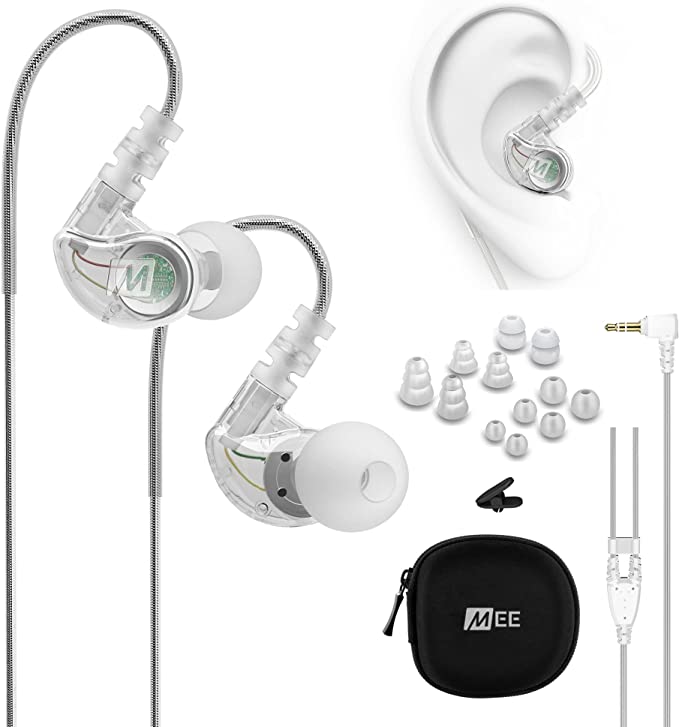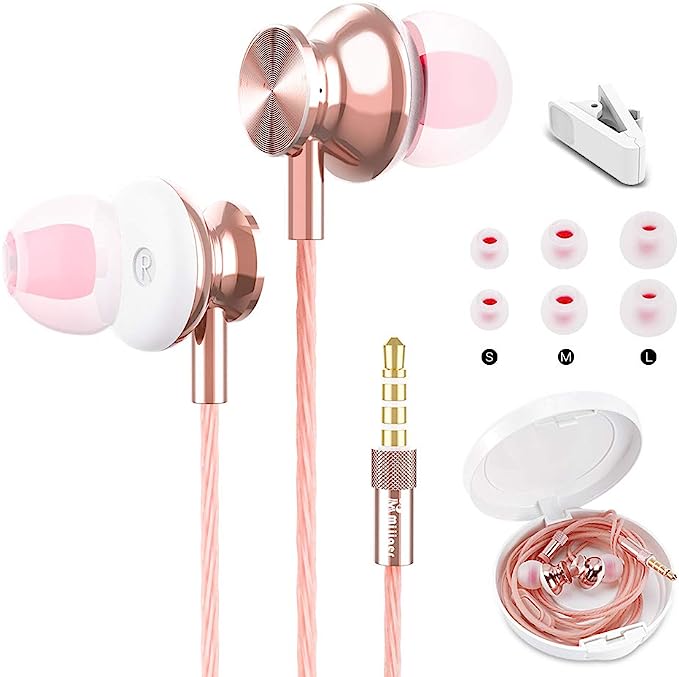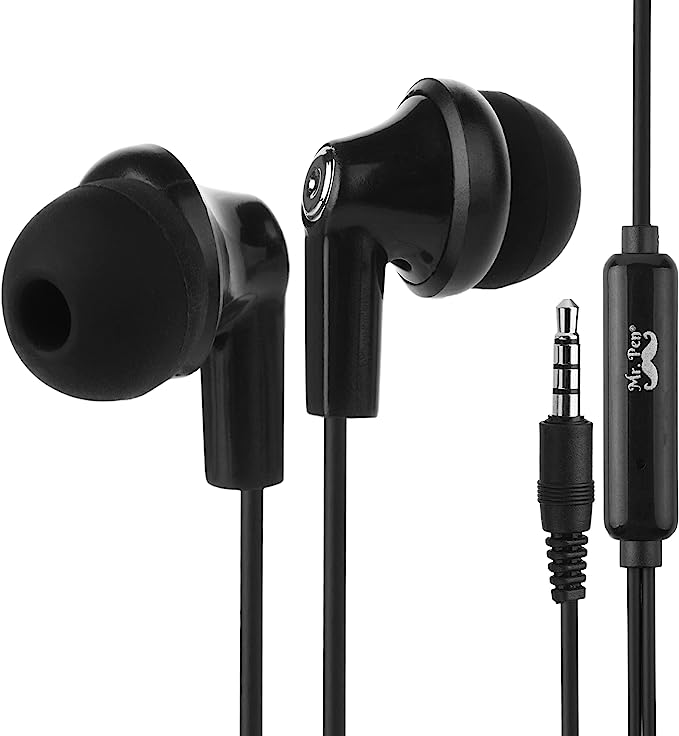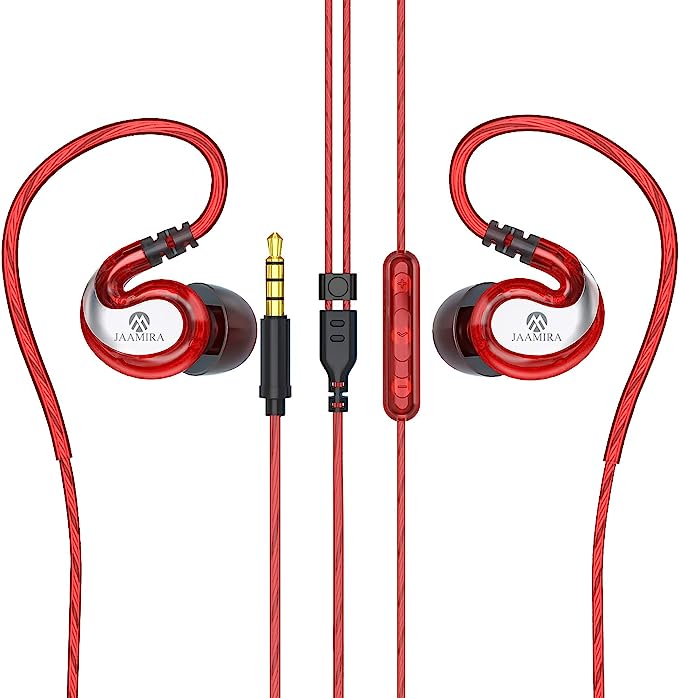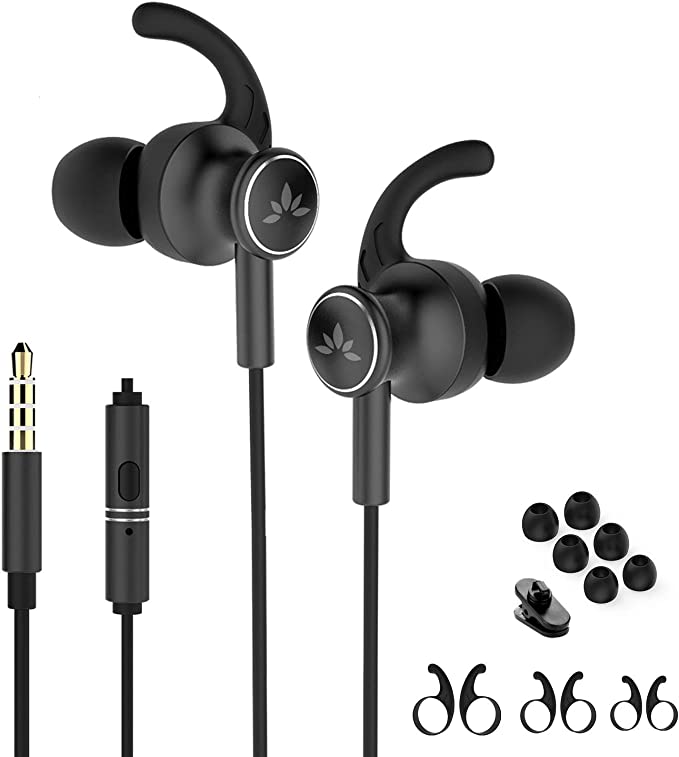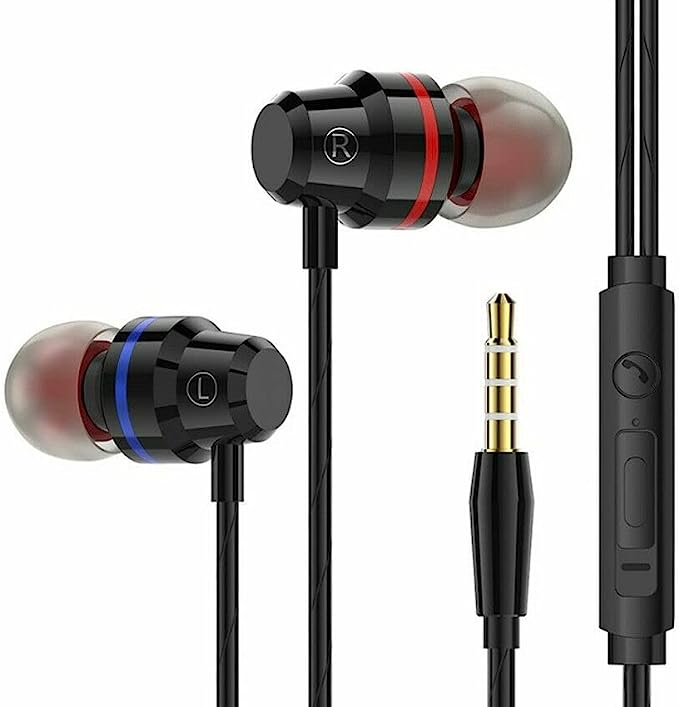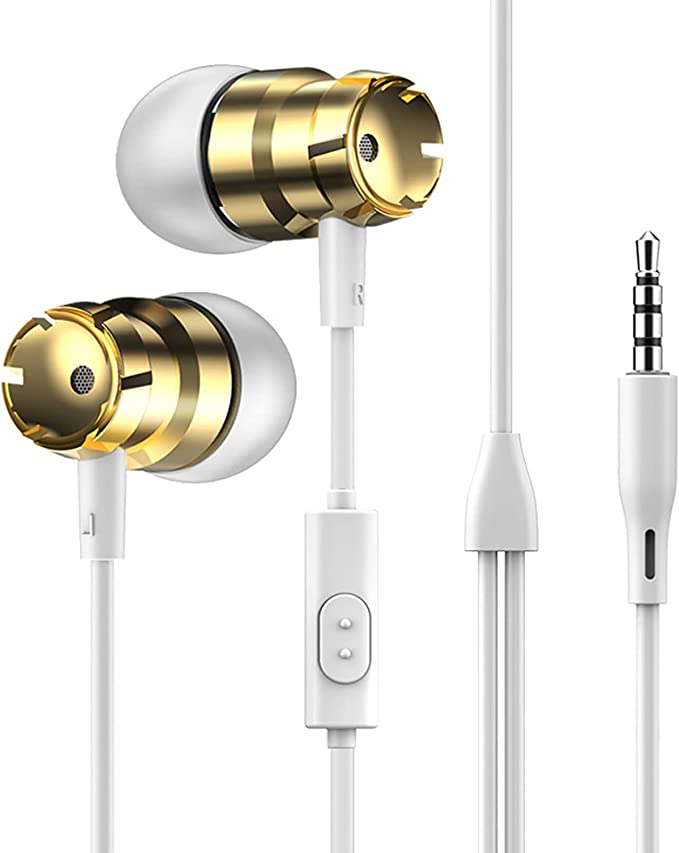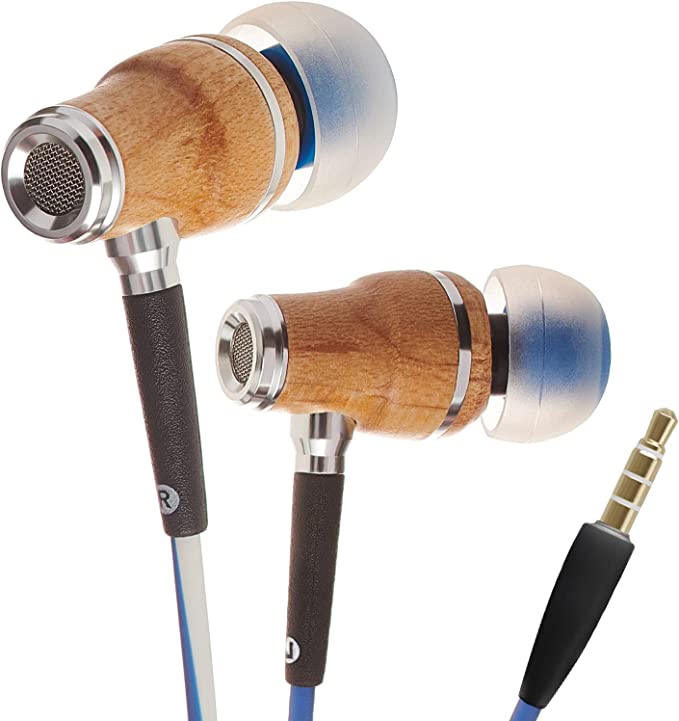Apple EarPods with Lightning Connector: The Science of Sound Shaped by Your Ear
Update on May 14, 2025, 2:12 p.m.
Walk down any bustling city street, glance around a coffee shop, or observe commuters on a train, and you’re bound to see them: the iconic white wires настроение (mood) of Apple’s EarPods, faithfully channeling music, podcasts, and conversations into millions of ears. They’ve become so ingrained in our daily soundscape that we often take them for granted, perceiving them as simple, perhaps even basic, accessories. But what if I told you that within these unassuming pieces of plastic and wire lies a surprising depth of thoughtful design and applied science? Today, we’re going to peel back the layers of familiarity surrounding the Apple EarPods Headphones with Lightning Connector and explore the ergonomic insights and acoustic principles that make them more than just a default accessory, but a quiet testament to engineering in the everyday. Our journey is not just about a product; it’s about appreciating the science and design philosophy that can elevate even the most common objects.

Shaped by Sound, Designed for You: The Anatomical Approach to Earbud Comfort
One of the first things Apple highlights about its EarPods is a departure from a traditional circular earbud design. Instead, the company states, “the design of the EarPods is defined by the geometry of the ear.” This isn’t mere marketing jargon; it points to a considered approach rooted in ergonomics and a basic understanding of human ear anatomy. For those of us who endured the often-uncomfortable, ill-fitting earbuds of yore, this claim piques interest.
Imagine the human outer ear, specifically the concha – that bowl-shaped cavity just outside the ear canal. It’s not a perfect circle, nor is it uniform across individuals, but it possesses common contours and ridges. Traditional round earbuds often attempt to lodge directly into the ear canal opening, leading to pressure points and a tendency to dislodge, especially with movement. The EarPods, with their distinctive, somewhat elongated and organically curved shape, appear designed to nestle more naturally within this concha. The main body of the EarPod seems to rest gently in the larger depression of the concha, while the sound port is directed towards the ear canal without needing to be deeply inserted or create a tight, often uncomfortable, seal like many in-canal earphones.
The scientific principle at play here is about distributing pressure and utilizing existing anatomical structures for support. By conforming more closely to the general ‘landscape’ of the average human ear, the EarPods aim to achieve a more stable and comfortable fit for a broader range of ear shapes and sizes than a purely circular design might. This means they are less reliant on direct pressure inside the ear canal for retention. The result? Many users, like Aidan in a verified Amazon review from August 2023, report significant comfort: “The ergonomic design…ensure that these earbuds stay snugly and comfortably in place, even during extended listening sessions.”
An often-overlooked benefit of this ear-centric geometry is enhanced passive noise isolation. While these are not active noise-cancelling headphones, a better, more encompassing fit within the concha can create a more effective physical barrier against some ambient sounds. This means you might not need to turn the volume up as high in moderately noisy environments, which is always a good thing for your long-term hearing health. It’s a subtle but important consequence of a design that respects the ear’s natural form.
The Little Loudspeakers: Engineering Audio Fidelity Within Constraints
Comfort is crucial, but the primary purpose of any headphone is, of course, to deliver sound. Apple states that “the speakers inside the EarPods have been engineered to maximize sound output and minimize sound loss, which means you get high-quality audio.” This claim invites us to consider the acoustic engineering packed into such a small form factor.
At the heart of each EarPod is a miniature dynamic driver. This tiny loudspeaker works by passing an electrical audio signal through a voice coil attached to a diaphragm (a thin membrane). The coil becomes an electromagnet, and its interaction with a fixed permanent magnet causes the diaphragm to vibrate rapidly, creating the sound waves that travel to your eardrum. The challenge for engineers is to make this process efficient and accurate within the EarPods’ compact and uniquely shaped housing.
“Maximizing sound output” doesn’t just imply loudness. In acoustic terms, it suggests efficient energy conversion and well-directed sound. The drivers are designed to move air effectively, and the shape of the EarPod itself, particularly the way the sound port is angled, is intended to channel those sound waves directly into the ear canal.
“Minimizing sound loss” is equally critical. Sound loss can occur in several ways: leakage from the earbud casing itself, or sound escaping from around the earbud if the fit isn’t optimal. The EarPods’ design incorporates small, strategically placed vents, often referred to as acoustic ports. These are not accidental openings; they play a crucial role in managing airflow and pressure both in front of and behind the driver. Properly tuned ports can significantly enhance bass response by allowing the diaphragm to move more freely, and they can also contribute to a more open, natural sound profile. By controlling this airflow and by virtue of their anatomical fit reducing leakage around the ear, the EarPods strive to ensure that more of the sound energy produced by the driver actually reaches your ears. This contributes to the perception of “high-quality audio” – a sound that can seem fuller, clearer, and more detailed than one might expect from such an unassuming source. One user review mentioned experiencing “crystal-clear sound,” where “every note, beat, and melody is delivered with a depth and clarity.” While subjective, such feedback suggests the acoustic design is achieving its goals for many listeners.
A Digital Lifeline: Understanding the Lightning Connector’s Role in Your Audio
The “Lightning Connector” part of the product’s name signifies a critical shift in how audio is delivered from Apple’s more recent devices. Beginning with the iPhone 7, Apple phased out the traditional 3.5mm analog headphone jack, steering users towards its proprietary Lightning port for wired audio (or towards wireless solutions). This was a controversial move at the time, but it has specific technical implications for audio delivery.
The 3.5mm jack is an analog connector. This means that the digital audio stored on your iPhone (like an MP3 or AAC file) must first be converted into an analog electrical signal by a Digital-to-Analog Converter (DAC) inside the iPhone itself. This analog signal then travels down the headphone cable to the drivers.
The Lightning connector, however, is an all-digital interface. When you plug in the EarPods with Lightning Connector, the audio data can travel from the iPhone to the EarPods in its digital form. The crucial DAC, along with a small amplifier, is actually housed within the Lightning connector assembly on the EarPods’ cable or within the earpieces themselves. The theoretical advantage here is that the sensitive analog conversion process happens further down the chain, potentially closer to the drivers, and away from the electrically noisy environment inside the phone. This could lead to a cleaner, more interference-free signal path, though the ultimate quality heavily depends on the quality of the DAC and amplifier components used in the EarPods’ own circuitry.
Beyond just audio data, the Lightning connector also carries power and allows for two-way data communication. This is what enables the “built-in remote that lets you adjust the volume, control the playback of music and video, and answer or end calls with a pinch of the cord.” These controls send digital signals back to the iPhone, offering a reliable and integrated way to manage your media and calls without fumbling for your device. This integrated functionality is a hallmark of Apple’s ecosystem approach, ensuring these EarPods work seamlessly with “all devices that have a Lightning connector and support iOS 10 or later, including iPod touch, iPad, and iPhone,” as well as iPadOS models.
An Enduring Chord: Why These Wired Classics Still Strike a Note
In a world increasingly enamored with the convenience of wireless Bluetooth headphones, one might wonder about the persistent appeal of wired options like the EarPods. Yet, their continued presence, reflected in consistently high user ratings (the provided Amazon data showed a 4.6 out of 5 stars from over 207,000 ratings), speaks volumes.
Part of their enduring charm lies in their sheer simplicity and reliability. There’s no battery to charge, no pairing process to navigate, and no concerns about wireless interference or latency. You plug them in, and they just work. For many, this plug-and-play immediacy is a significant advantage, especially for critical tasks like important calls or when you just want hassle-free audio.
The EarPods with Lightning Connector also represent an important evolutionary step in Apple’s audio accessory lineage. Tracing back to the original iconic white earbuds bundled with the first iPods, Apple has consistently provided a baseline audio experience for its device users. While audiophiles might seek out more specialized, higher-cost headphones, EarPods have democratized access to a thoughtfully designed audio solution for millions. They serve as a reliable entry point into the Apple audio ecosystem, embodying a balance of cost, performance, and the design philosophy we’ve explored. The wired connection, for all its perceived datedness by some, offers a stable, uncompressed audio pathway that many still prefer for its consistency.
It’s important to touch upon user perceptions of features. The Amazon review by Aidan, for instance, mentioned “noise cancellation.” As we’ve discussed, EarPods do not feature Active Noise Cancellation (ANC) technology, which uses microphones to detect and actively counteract ambient sounds. The perceived noise reduction with EarPods is due to passive noise isolation – a result of their physical shape creating a partial seal and blocking some external sound. This distinction is vital, but the user’s positive experience of a quieter listening environment, likely thanks to the ergonomic fit, is still a valid outcome of the design.
Beyond the Buzzwords: Appreciating the Quiet Craftsmanship of an Everyday Icon
The Apple EarPods Headphones with Lightning Connector might not shout about their technological prowess with a long list of cutting-edge specs or a premium price tag. Instead, their innovation is more subtle, woven into the very fabric of their design: an ergonomic shape born from studying the human ear, acoustic engineering that strives for clarity and fullness within physical constraints, and a digital connection that integrates seamlessly into Apple’s ecosystem.
They represent a careful balance of form, function, and accessibility. While the audio world continues to evolve with ever more sophisticated wireless technologies and high-resolution formats, there’s an undeniable elegance and effectiveness in the EarPods’ approach. They remind us that good design isn’t always about radical reinvention; sometimes, it’s about the meticulous refinement of fundamentals, about understanding the user, and about finding the science in the seemingly simple. The next time you reach for these familiar white wires, take a moment to appreciate the quiet craftsmanship that allows them to deliver your daily soundtrack with such unassuming competence. They are, in many ways, a small marvel of everyday engineering.
